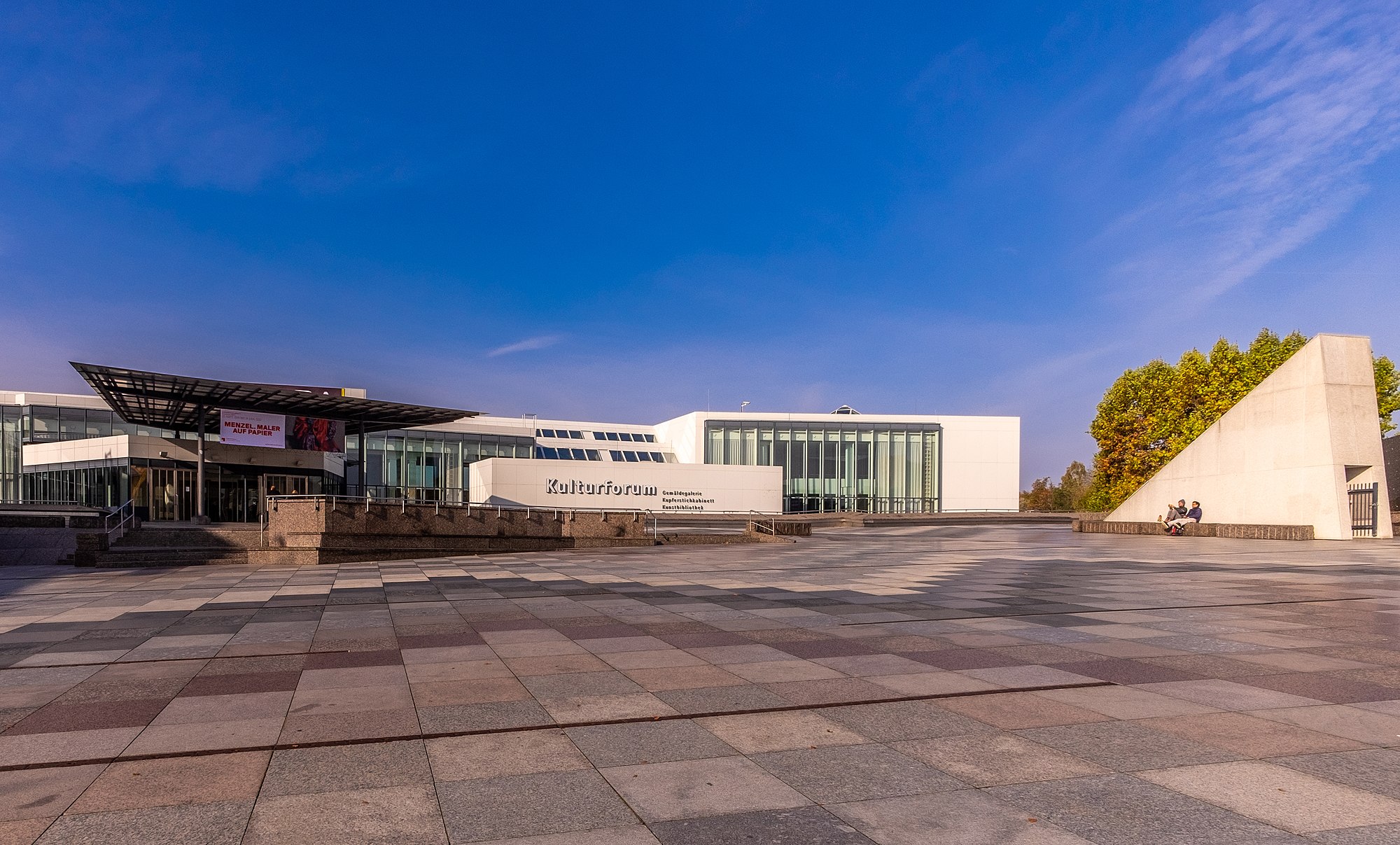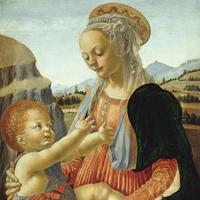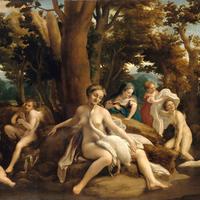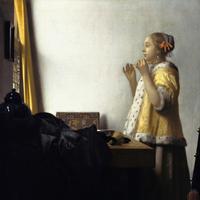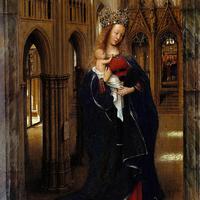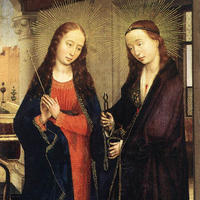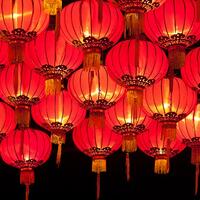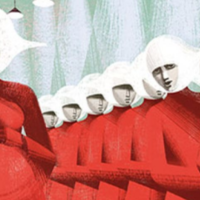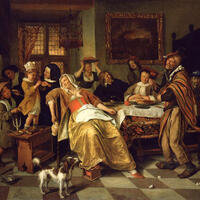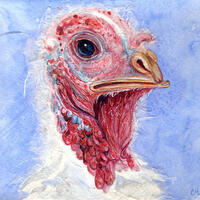More about Gemäldegalerie

Sr. Contributor
The museum's history reads like "A Series of Unfortunate Events."
The Gemaldegalerie's moved around more than any other major collection in Europe. Sometimes 'cause it's a good decision, like when it moved to the Bode Museum (a.k.a. Kaiser-Friedrich-Museum). While at the Bode, the Gemaldegalerie collection was one of the first public programs in Europe to combine painting and sculpture. Seems like a combination that goes together like peanut butter and jelly, but someone had to do it first, ya know. But then, as with just about everything in every major continental city, World War II happened.
The paintings were sent off to storage when Europe started getting dicey. Which was a good decision when the Bode itself was damaged by bombs. It seemed less like a good idea when one of the storage sites caught a bad case of fire toward the end of the war. It happened in 1945 when the Reich was on the way out, so draw your own conclusions. However, it's a pretty good bet for gamblers that Hitler or one of his minions ordered that to happen. Then, the Red Army hauled off millions of artworks from Germany to the Soviet Union as a form of restitution for the millions of lives lost because of the Nazis' war. Happy ending, though, that communist authorities amassed about 1.5 million of the works taken in East Germany, ripe for repatriation when the country unified toward the end of the 20th century.
After World War II, the Gemaldegalerie's collection was split between the Bode on Museum Island in East Germany and a temporary location in the Kulturforum in West Germany. The collection was only reunified in 1998 when a new space was built in the Kulturforum, as kind of a middle finger to East Germany over the whole communism thing (which, come on, not like they had a choice guys). Fast forward to 2012 and a gift to Berlin almost kicked the Gemaldegalerie back to Museum Island again.
Plastic magnate Heiner Pietzsch and his wife Ulla agreed to permanently loan their $200 million collection of surreal and abstract expressionist masterpieces to the city if they agreed to display every single painting. However, the city's modern art museum the New National Gallery was too small for the task. Berlin's powerbrokers, afraid they were going to lose the Pietzsch collection, decided the answer was to boot the Gemaldegalerie back into the Bode, deal with all the stuff in the Bode later, and make the vacated building in the Kulturforum into a world class modern art museum rivaling MoMA in New York. However, the great museum shuffle never happened. The city reached deep in their pockets for $200 million to build a brand new modern art museum in the Kulturforum, leaving the Gemaldegalerie, the Bode, and everyone else right where they were.
Featured Content
Here is what Wikipedia says about Gemäldegalerie, Berlin

The Gemäldegalerie (
German pronunciation: [ɡəˈmɛːldəɡaləˌʁiː], Painting Gallery) is an art museum in Berlin, Germany, and the museum where the main selection of paintings belonging to the Berlin State Museums (Staatliche Museen zu Berlin) is displayed. It was first opened in 1830, and the current building was completed in 1998. It is located in the Kulturforum museum district west of Potsdamer Platz.
It holds one of the world's leading collections of European paintings from the 13th to the 18th centuries. Its collection includes masterpieces from such artists as Albrecht Dürer, Lucas Cranach, Hans Holbein, Rogier van der Weyden, Jan van Eyck, Raphael, Botticelli, Titian, Caravaggio, Peter Paul Rubens, David Teniers the Younger, Rembrandt, Johannes Vermeer, Thomas Gainsborough, Joshua Reynolds and Antonio Viviani.
Check out the full Wikipedia article about Gemäldegalerie, Berlin

